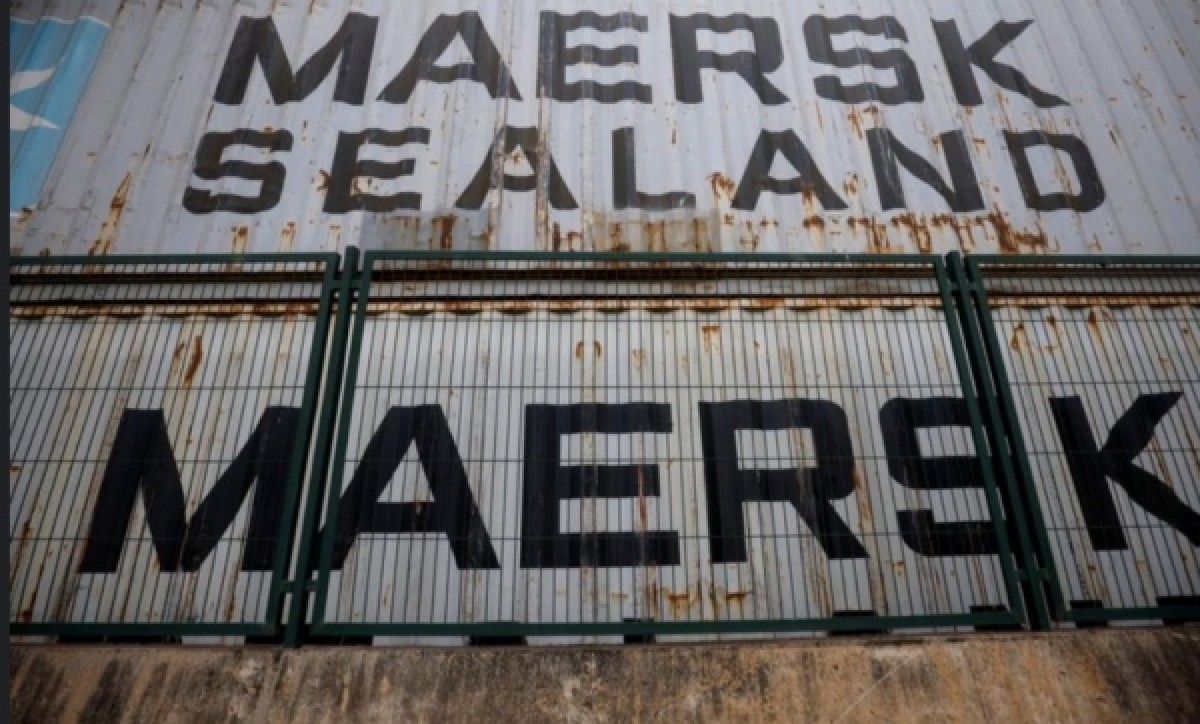Maritime shipping prices rise after new attacks on ships in the Red Sea


Sea freight rates rose after a missile attack and attempted detention on a Maersk ship over the weekend, prompting shipping companies to suspend plans to resume crossings of the Red Sea, a main artery that leads to the Suez Canal.
The Houthis have been attacking high-value cargo ships in the Red Sea since November to show support for the Palestinian Islamic Resistance Movement (Hamas), which is fighting Israel in Gaza.
The attacks forced ships to change course around the southern tip of Africa, raising the costs of this longer voyage, but prices are still well below the levels they reached in 2021 during the Covid-19 pandemic.
The Egyptian Suez Canal connects the Red Sea to the Mediterranean, and is the fastest way to ship fuel, food, and consumer goods from Asia and the Middle East to Europe. Shipping companies use this route to transport up to a third of total global container shipments, carrying goods such as toys, tennis shoes, furniture and frozen food.
The attacks have already led to delays in the delivery of products intended for many companies, as companies such as Walmart, IKEA, and Amazon use the Suez Canal route.
According to the booking and payment platform for international shipping (Fretos), shipping prices from Asia to Northern Europe more than doubled, exceeding four thousand dollars per 12-meter container this week, and prices from Asia to the Mediterranean increased to $5,175.< /p>
Judah Levin, head of research at Fritos, said in an email that some shipping companies have announced prices of more than $6,000 per 12-meter container for Mediterranean shipments starting mid-month, and additional fees ranging from $500 And $2,700 per container can make overall prices even higher.
As of Wednesday, hundreds of container ships and other vessels had been rerouted to the Cape of Good Hope in South Africa to avoid attacks, adding between a week and twenty days to their journeys.
Logistics executives said the so-called one-time "spot" rates are roughly twice the freight rates that move in the contract market.
Christian Suhr, executive vice president of ocean freight at Unique Logistics, said, “Those who are desperate for space (on ships) will pay.”
Shipping rates to North American ports less affected by the order are also rising.
Up to 30 percent of the goods arriving on the East Coast of the United States pass through the Suez Canal.
Logistics executives expect some of these imports to be diverted to the US West Coast, a direct trans-Pacific destination from China and other Asian exporters.
Prices for shipments from Asia to the east coast of North America rose by 55 percent, reaching $3,900 per 12-meter container. Levin said that prices for the West Coast jumped 63 percent, exceeding $2,700, before the expected rerouting of goods to avoid problems related to the Red Sea.
Despite the rise in prices, they are still well below the record levels resulting from the pandemic in 2021, which amounted to $14,000 per 12-meter container heading from Asia to northern Europe and the Mediterranean and $22,000 from Asia to the coast. Eastern North America.